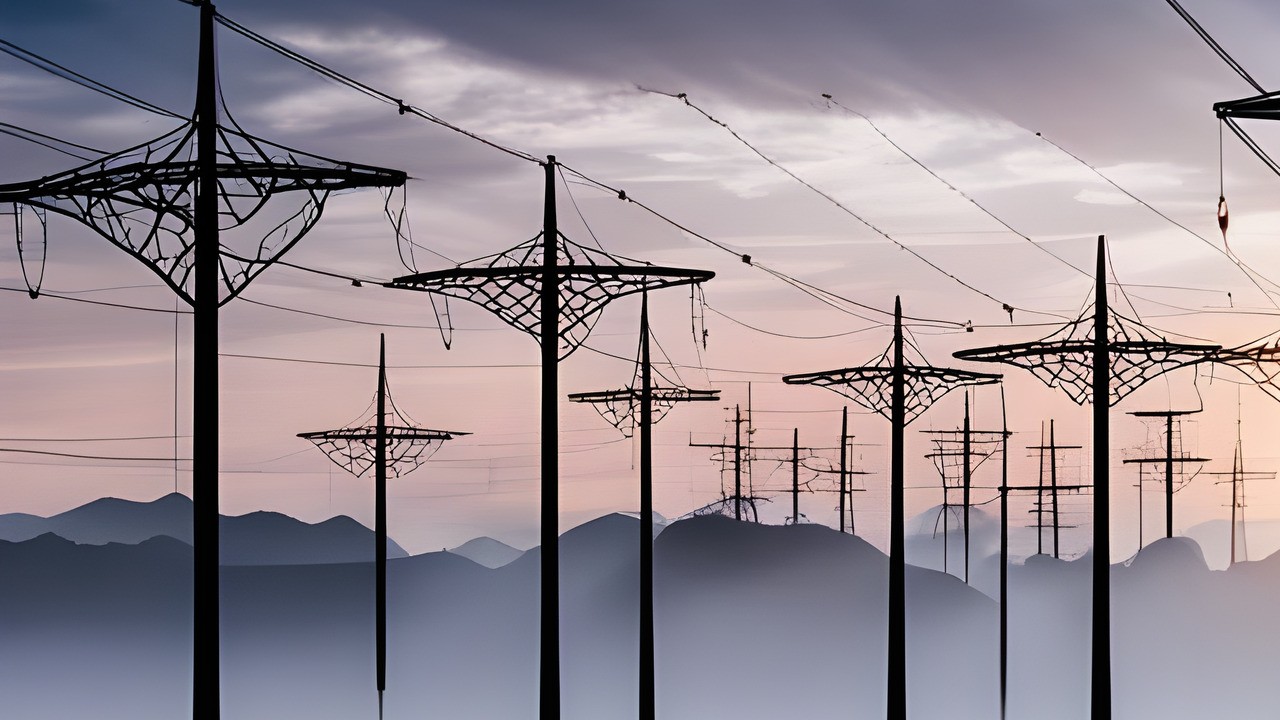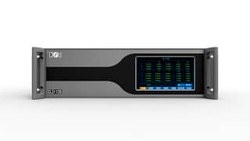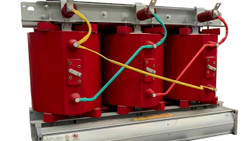The history of electricity is one of the most captivating and inspiring stories of all time. People from different disciplines – inventors, scientists, and more – have worked tirelessly to advance the field of electricity over the years. Two of the great inventions of electricity are alternating current (AC) and direct current (DC) systems.
Since I was asked, here is a brief overview of these two systems.
The History of Providing Electricity
In the early days of electricity, experiments showed that alternating voltage could be converted from one location to another through overhead wires by using a transformer. This discovery paved the way for long-distance transmission via AC current.
Meanwhile, DC was initially thought to be more efficient since it produced higher voltages than AC. However, it wasn't until later that engineers realized they could control DC voltage levels as well.
After Thomas Edison built the first DC utility grid in New York City, competition rose, leading Nikola Tesla, George Westinghouse, and others to develop affordable AC systems. Their work led to the Great Exposition of 1893 in Chicago, where visitors were awestruck by demonstrations involving high-voltage lightbulbs, motors, and other electrical appliances.
These spectacles convinced many investors that AC was the wave of the future. By 1887, the War of Currents had begun and utilities invested heavily in competing technologies. At stake were patents on generators, distribution networks, meters, switchboards, and every component required to create viable energy systems. Ultimately, AC won due to its ability to transmit large amounts of electricity at low costs via transformers. This system became popular in the early 20th century after the establishment of large AC power stations.

(symbol Image, Credit CLOU)
Advantages and Disadvantages
Both AC and DC systems have their advantages and disadvantages, which makes one more appropriate than the other in specific situations.
Advantages of AC in power grids:
- Easy voltage conversion
One of the main advantages of AC power is that it can be stepped up or down in voltage with simple and low-cost transformers, making it efficient for long-distance transmission. - Efficient power-sharing
AC power is able to share power between sources and loads much more easily than DC power, allowing for a more stable and flexible grid. - Widespread infrastructure
The infrastructure for AC power grids is already widespread, making retrofitting and upgrading existing AC infrastructure more cost-effective than building new DC infrastructure. - Easy conversion to end-use voltages
Most end-use devices and appliances require AC power, so AC power grids can provide easier and more efficient end-use power delivery. - Lower equipment costs
AC equipment can be more cost-effective than DC equipment because it is simpler and more widely used.
Disadvantages of AC in power grids:
- Higher transmission losses
AC power transmission over long distances can result in higher energy losses due to resistance in the transmission lines, particularly at high voltages. - Limited options for renewable energy integration
Some types of renewable energy, such as solar and wind, generate DC power. Converting this power to AC for use in the grid can result in decreased efficiency and increased costs. - Complicated grid design
Because of their proclivity for electromagnetic induction, AC circuits and grids are more complicated to design and can require more complex equipment and more careful control systems than DC circuits. - Requires frequency synchronization
Because AC power relies on the synchronization of its frequency with that of the grid, maintaining this synchronization can be difficult and precarious, especially in the presence of variable loads. - Reduced stability during transmission faults
AC power grids can become unstable and experience large-scale blackouts or brownouts during transmission faults, such as short circuits or voltage collapses, which can lead to cascading failures and system-wide outages.
Advantages of DC in power grids:
- Lower power losses
DC power transmission incurs lower power losses than AC power transmission, which results in increased efficiency. - Elimination of reactive power
Unlike AC, DC power transmission does not require reactive power, thus reducing the need for costly power equipment such as transformers and capacitors. - Voltage stability
DC voltage transmission incurs less voltage drop over long distances, leading to increased power transmission and greater voltage stability. - Suitable for renewable energy sources
DC is highly suitable for renewable energy sources such as solar panels and wind turbines, as they produce DC power. - Efficient storage and retrieval
Storage and retrieval of electrical energy in DC form can be more efficient than AC due to the absence of conversion losses between AC and DC, which would be necessary when storing AC power. - Higher efficiency for charging EVs
As electric vehicles use DC power, DC charging infrastructure can provide higher efficiency and faster charging to support the growing electric vehicle market.
Disadvantages of DC in power grids
- High initial cost
The cost of building a DC power grid is higher than an AC power grid due to the need for specialized equipment. - Limited distance
DC power transmission is limited by distance due to high voltage levels required, thus requiring frequent converter stations. - Complex conversion process
AC power must be converted to DC for transmission, and vice versa at the receiving end, which creates additional complexity and cost. - Lack of standards
Unlike AC power, DC power transmission lacks standardized voltage levels, which makes it difficult to integrate into existing AC power grids.
The Future of Electricity
The demand for electricity is growing in every corner of the world, and the demand for DC electricity systems has been increasing in recent years. For example, electric vehicles (EVs), which require DC to function, are becoming more and more prevalent, while renewable energy platforms, such as solar panels and wind turbines, are generating DC power. Battery technology has also advanced significantly, making it possible to store large amounts of DC power.
The relative new High Voltage Direct Current (HVDC) technology is not mature enough yet, leading to higher cost per km/MW capacity. This will change though as China increases investment into smart grid systems and develops better components like transformerless MMC converters.
HVDC technology refers to the use of direct current for electricity transmission rather than alternating current (AC). This allows for efficient long distance transmission without significant loss of power through electrical resistance. HVDC systems operate by converting AC power from generators into DC power using rectifiers, transmitting the DC power over a long distance, and then reconverting the DC power back into AC power using inverters to feed into local AC grids.
One important component of HVDC systems are multi-level converter modules (MMC), which increase the level of flexibility and controllability in HVDC systems by allowing for smooth control of active and reactive power flow.
MMCs improve voltage regulation, reduce harmonic distortion, and enhance stability by modulating output voltage levels based on real-time conditions. They are becoming increasingly popular in high-power applications such as offshore wind farms, inter-connectors between different countries, and distributed generation systems integrating renewables.
Takeaway
Both, AC and DC electricity systems have crucial roles to play in the future of electricity. While AC remains the dominant form of power transmission and distribution, DC is gaining popularity in specific applications. With technological advancements, it is becoming increasingly essential to understand the strengths and weaknesses of each system so that we can efficiently power our societies in the future.
CLOU offers cutting-edge AC and DC metering and testing solutions, supported by a team of expert professionals to answer your queries and provide technical assistance, ensuring you make the right choice. Contact us today to upgrade your electricity systems with our state-of-the-art solutions.
Editor's note: This article was originally published in June 2023 and has been updated for comprehensiveness.





All comments are moderated before being published. Inappropriate or off-topic comments may not be approved.